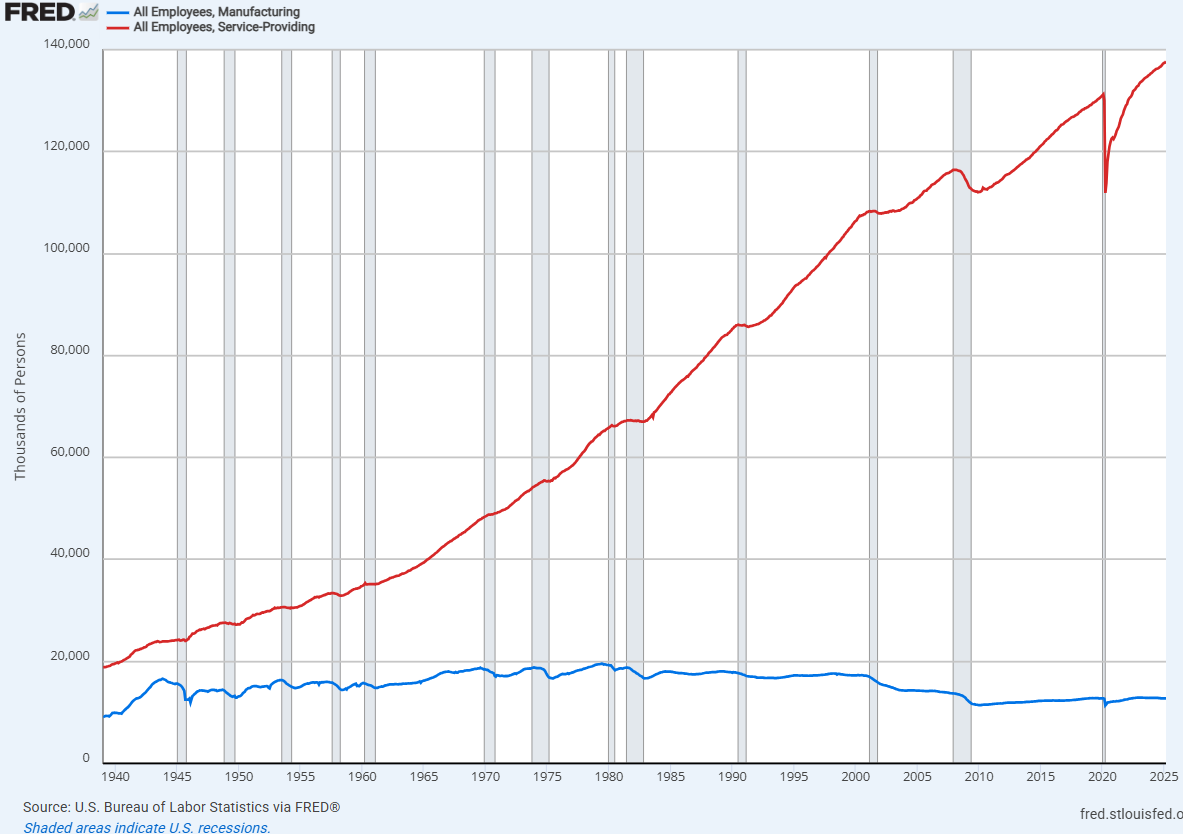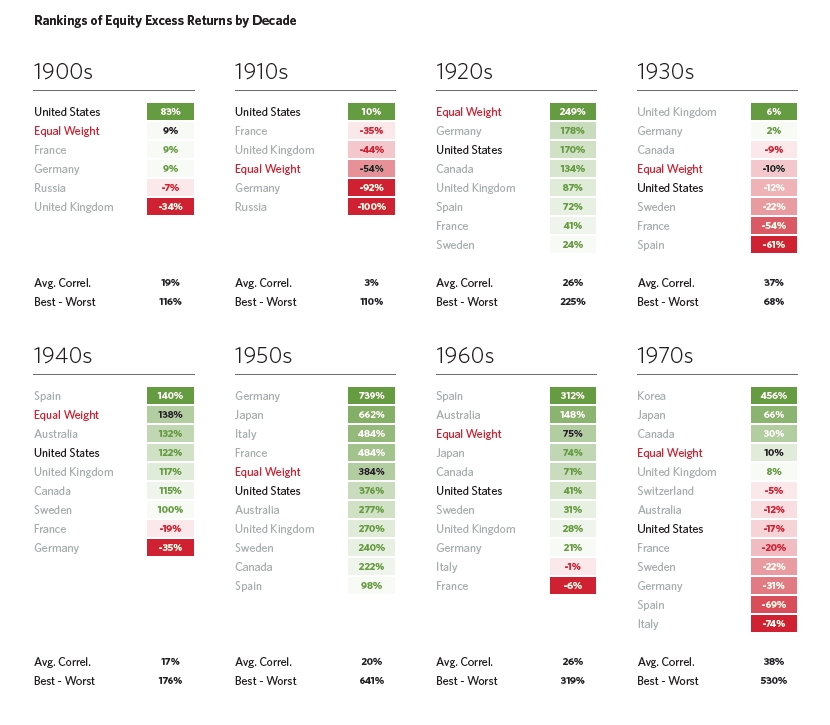If You’ve Banked $2 Million By 40, Do You Need to Keep Saving for Retirement?
Suppose you’re already into or learning about the FIRE (financial independence, retire early) movement and the love idea of having more free time in your day. In that case, there is every reason to get on board, especially if you hope to get out of the corporate zombie world as soon as possible. This is […] The post If You’ve Banked $2 Million By 40, Do You Need to Keep Saving for Retirement? appeared first on 24/7 Wall St..

Suppose you’re already into or learning about the FIRE (financial independence, retire early) movement and the love idea of having more free time in your day. In that case, there is every reason to get on board, especially if you hope to get out of the corporate zombie world as soon as possible.
There is a real question about just how far $2 million will go if you try to retire at 40.
The reality is that $2 million will go far, but only if you are living a certain lifestyle.
The hope is that you can coast FIRE with $2 million, provided you still have some small income coming in.
Are you ahead, or behind on retirement? SmartAsset’s free tool can match you with a financial advisor in minutes to help you answer that today. Each advisor has been carefully vetted, and must act in your best interests. Don’t waste another minute; get started by clicking here here.(Sponsor)
Key Points
This is the exact question we hope to answer today: Can you walk away from the workforce if you have $2 million in the bank by the time you turn 40? Specifically, can you retire early and stop saving for retirement? Not everyone has this money, but I can only imagine a lot of attention will be paid to learning more about how you can retire early if you have millions tucked away in a bank account.
Anyone who has saved $2 million by the time they turn 40 is ideally looking to identify with the “Coast FIRE” strategy. This strategy is often defined as someone who aggressively saves a lot early in life to reach a target date in their career at which they can start to “coast” toward retirement.
Likely Coast FIRE Scenarios
Even with the emphasis that $2 million is a lot of money to most people, this doesn’t mean it will work for everyone. The good news is that it can be enough, dare we say more than enough, in many places around the country.
Moderate Cost-of-Living
If you live somewhere with a moderate cost of living, like the Midwest or the Carolinas, where home values sit between $400,000 and $500,000, and it’s not impossible to get by on an $80,000 income, then yes, you can coast with $2 million.
Assuming you don’t have any major debt, potentially a paid-off mortgage or little to no student loans, a $2 million portfolio could likely cover all of your expenses without the need for significant investing or saving. It’s important to note that this scenario doesn’t assume additional coast FIRE income, so even if there is reduced income, adding it to the $80,000 safe withdrawal rate will make coast FIRE even easier.
However, if you are risk-averse with your investments but still hope to make 5-6%, your portfolio could grow to between $4.8 and $6 million when turning 65. At this number, you could withdraw $240,000 at the 4% safe withdrawal rate and live quite comfortably in a moderate cost-of-living region. This scenario is even more likely if you still earn at least some income, which means you’re still allowing for some but slowed down saving between 40 and 65. So, your compounded money could be even higher once you hit Full Retirement Age.
Minimal Debt Lifestyle
Another scenario that feels very much like a win with a $2 million portfolio is for anyone with minimal debt who doesn’t need an outrageous lifestyle. A $2 million balance sheet is more than enough for any individual, couple, or family to retire comfortably so long as they aren’t carrying massive debt.
This would apply to areas around the Midwest, Idaho, Kansas, Nebraska, and the Carolinas, where the cost of living is lower than the national average and one can live comfortably on $50,000 – $60,000 annually.
At a conservative 5% return, you’re still looking at $4.8 million (on your $2 million) by the time you turn 65, which would give you a SWRF of $192,000 by the time you can take on Medicare at 65 and close enough to claiming Social Security at 67. The caveat is that you would need to maintain this minimal, luxury-free lifestyle on an ongoing basis, as all it takes is a few luxury vacations to make it less manageable with $2 million.
The same argument can be made here as well: If you are still earning some income, you will be just fine stopping saving or dramatically slowing down what you are putting away for a rainy day.
Unlikely Cost FIRE Scenarios
High Cost-of-Living
While living on $2 million in a low to moderate-cost-of-living area is very realistic, this is not the case for anyone who lives in a high cost-of-living urban area. The unfortunate truth is that if you live somewhere like Chicago, Miami, New York, or Los Angeles, where homes cost $1 million or more, then you are unlikely to find it affordable.
In these areas, the annual cost of living, even on the low side, can be upward of $150,000 annually, more than double your 4% safe withdrawal rate. If you are someone who has a mortgage on a $1 million home, potentially kids in private school, 529 accounts to fund, etc., then you aren’t going to find $2 million to be enough to cover all expenses.
Even if you try to grow your portfolio at the same 6% interest rate as above to the point where you have $6 million by 65 and can withdraw $240,000 annually, it still might not be enough. You have to factor in inflation between 2-3% every year (it’s 2.9% in 2025), which means your money isn’t going to go as far as it does today.
Significant Family Obligations
If you have significant family obligations and know these obligations are going to last for some time, then it stands to reason that $2 million is unlikely to last all your retirement. Whether it’s raising and supporting children, aging parents, or any family obligations that could undermine the coast FIRE goal, this is your coast FIRE reality.
In this regard, if you spend $20,000 – $30,000 per year on a single child and then multiply that for multiple children, you’re going to drain your $2 million fast. This is especially true if you believe these obligations will last over 10 years, as anything beyond that creates a real money-drain scenario.
Healthcare Costs
If you retire at 40, you have another 25 years before Medicare is a possibility, so you have to account for private and out-of-pocket health insurance costs between now and then. However, before you factor this in, you have to recognize that the current thinking is that any couple after 65 will need as much as $400,000 for medical expenses, according to Fidelity, and this is only after 65.
Yes, with the portfolio growing between 40 and 65, there might be enough money, and the recommendation would be to fund a Health Savings Account between 40 and 65. Under certain conditions, there is an argument to be made that healthcare costs could make a $2 million retirement difficult, especially if there is any instance in which chronic conditions play a role. However, it isn’t a total write-off, depending on how much you are paying in the private sector between 40 and 65.
What’s The Verdict?
If you want to do a coast FIRE scenario at 40 and don’t want to keep saving for retirement, it begs the question of your career trajectory between 40 and 65. If you are still working, then no, you likely don’t need to keep saving, as the hope is that you are earning enough to cover your expenses without touching your principal.
If you don’t have any significant financial obligations, still plan to work in some capacity, and believe you can find a more stress-free style of living at 40, then, by all means, give it a go. The good news is that you would still be young enough to get back into the workforce full-time if you ever wanted a financial boost or to occupy yourself again.
The post If You’ve Banked $2 Million By 40, Do You Need to Keep Saving for Retirement? appeared first on 24/7 Wall St..





























































































































































